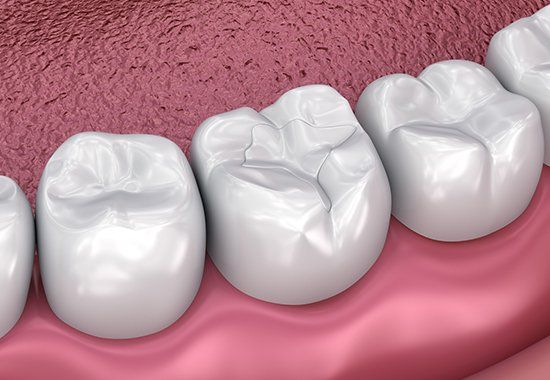High-Quality Teeth Sealants
Who Can Get Sealants?
It's recommended that school-aged children (ages 6-12) get sealants, but even adults can benefit from sealants. The first molars break through around age 6, and the second molars around age 12. Sealing these teeth as soon as they come through can keep them cavity-free from the start, which helps save time and money in the long run.
How Are Sealants Applied?
Your dental hygienist first cleans and dries your teeth before placing an acidic gel on your teeth. This gel "roughs up" the surface of your teeth so that the sealant can bond to the teeth. She will then rinse off the gel and dry your teeth again before applying the sealant onto each tooth's grooves. Your dental hygienist will then use a special blue light to harden the sealant.
Can Sealants Be Placed Over Cavities?
Sealants are only applied to areas with early decay to prevent further damage to the tooth. Your dental hygienist will want to watch that tooth closely to make sure the early decay doesn't become a cavity.
How Long Do Sealants Last?
You can expect sealants to last for several years before they need to be reapplied. During your regular dental visit, your dental hygienist will check the sealant's condition and reapply them as needed.
Do Dental Plans Cover Sealants?
Some dental insurance plans cover sealants; it is best to contact your dental benefits provider to determine your coverage.
To learn more about tooth sealants, call our office at 719-755-0155.





